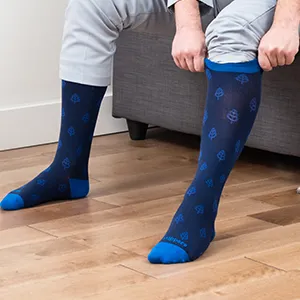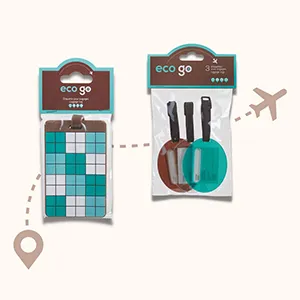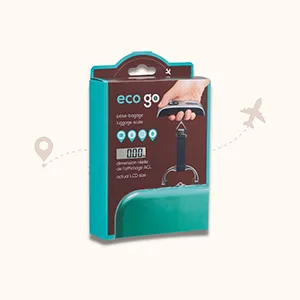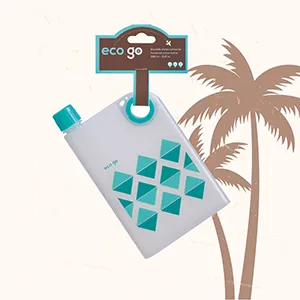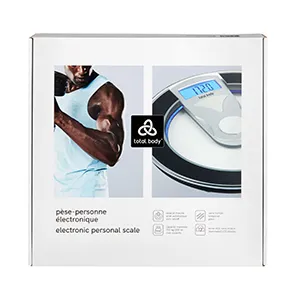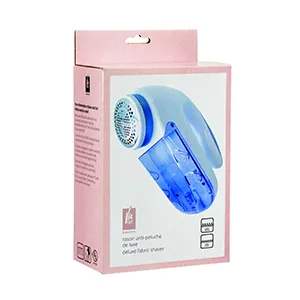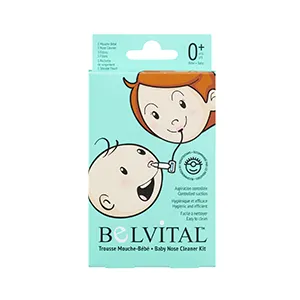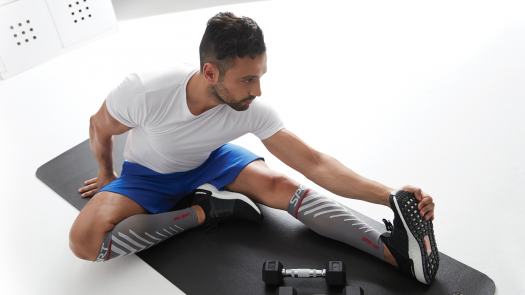May 1, 2024 How to Avoid or Relieve Hiking Backpack Back Pain

As muddy spring slowly turns into summer, many of us are eager to hit the hiking trails and enjoy the dryer terrain. And while hiking is a relatively accessible and lower impact exercise, it does nonetheless have the potential to cause aches and pains—most notably the dreaded back pain from carrying a heavy pack or your adorable (but slightly pudgy) toddler. Read on to discover 9 ways to avoid or relieve hiking back pain and make the most of your trek.

#1: Buy the right hiking backpack
Whether you are heading out for a short day hike or a longer trek, buying the right backpack or baby/toddler carrier is crucial. While many backpack models are available to purchase online, we recommend heading into an outdoor specialty store and trying it on. Most retail assistants are well trained in measuring your body and recommending the right pack for you, so do not be shy to seek out their advice.
Typically, hiking backpacks come in small, medium, and large sizes. These sizes are based on your torso length in inches. Measure your torso from your iliac crest (the very top of your hip bone) to your C7 vertebrae (the base of your neck). And remember, sizes are not standard from one brand to another so check the company website for measurement guidelines. Too small a pack will strain your muscles while too big will destabilize you so buying the right size is important.
#2: Learn how to wear your hiking pack properly
Now that you have your new backpack, you need to learn how to wear it properly to avoid back pain.
In a nutshell, adjusting the straps to make sure the pack sits right on your back, shoulders, and hips is key:
- The hip belt is the most important strap to adjust. It should sit high on your hips at about “love handle” height. Shrug your shoulders and tighten the hip belt. It should not be too tight or too loose but should stay in place as you move.
- The shoulder straps come next. Adjust them so that the pack sits snugly against your body. We recommend putting some weight in the pack so you can have a good feel of how it will carry out on the trail.
- Then adjust the load lifters. The load lifters are the two short straps that go from the top of the pack frame to the shoulder straps. Tighten to about a 45-degree angle to bring the pack closer to your body and more evenly distribute the load to match your own centre of gravity.
- Finally, adjust the sternum strap just enough so the shoulder straps sit away from the armpits. The sternum strap should sit about an inch below your collarbone.
#3: Reduce the load
The rule of thumb is that you should not carry more than 1/3 of your body weight. Additionally, try to follow the 80/20 principle where 80 percent of the weight sits on your hips and 20 percent on your shoulders. Furthermore, distributing the load a certain way can also help reduce potential back pain and discomfort. Put the heavier items in the middle of the pack and the bulkier items, such as a sleeping bags, at the bottom. Reserve the top part for on-trail essentials like a first aid kit or rain jacket.
#4: Warm up and cool down
Always warm up and stretch before your hike to loosen muscles, get blood flowing, increase body temperature, and get you prepped to hit the trail. Stretching after a hike can also help reduce muscle fatigue and the soreness that increases back pain.
#5: Practise good posture
As backpacks, especially heavier ones, tend to shift your centre of gravity backward, leaning slightly forward can help you keep your balance. Just do not slump or lean too far forward as this will strain your back.

#6: Use trekking poles
Speaking about posture, trekking poles keep your body upright, which helps minimize back pain both during and after a hike.
#7: Strengthen and take care of your body
There are things you can do before you even hit the trail. Focus workouts on strengthening the core and upper body to prevent injury while hiking. Fuelling your body before and during a hike is also important. Make sure to drink plenty of water and eat healthy snacks.
#8: Give yourself time to recover
After any strenuous exercise, your body needs time to recover. If you are still sore and in pain after a hike, give yourself more time before you head back out on the trail. Every person is different, so listen to your body.

#9: Use a Magic Bag compress to soothe back pain
Finally, if you do experience back pain after a hike, try a Magic Bag compress such as the Magic Bag Extra Large Pad or Magic Bag Extended for back, neck, and shoulder pain. Use it cold to treat acute pain and muscles injuries such as sprains and strains or to reduce inflammation. Use it hot to ease acute and chronic back pain and help muscles relax, improve circulation, and promote healing.
Hiking is a great activity for the body and mind. It helps build stronger muscles and bones, improves balance and heart health, and decreases the risk of respiratory problems. Not to mention that spending time in nature boosts your mood, calms anxiety and stress, and is just good for your soul. So go on, take a hike and remember to pack your Magic Bag hot and cold compresses to relieve any post-hike aches and pains.




